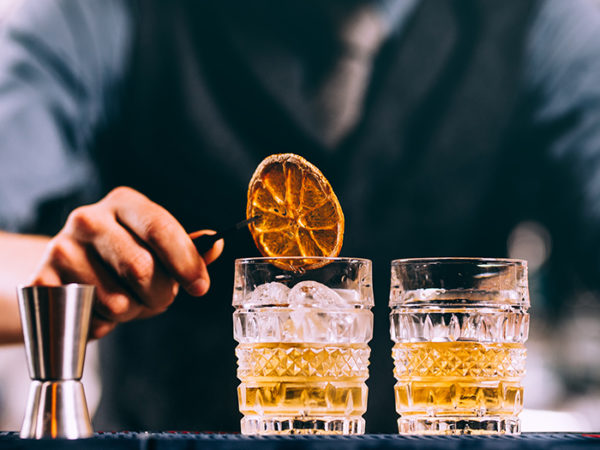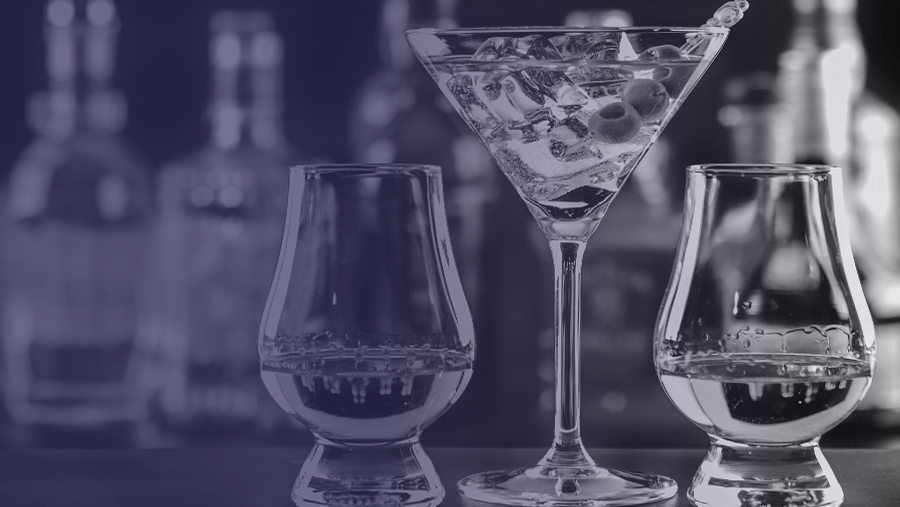Globally, the tequila market has increased by 22% since 2014, with the ‘premium and above’ price segments captured by the IWSR showing a volume sales increase of 64%.

Results from the IWSR show that the global market for tequila remains on a strong upward curve. Last year, volumes increased by 5% and value by as much as 11%. The challenge for the tequila industry will be to break out of its US and Mexican heartlands, which five years ago accounted for 83% of consumption and now make up nearly 85% of worldwide sales.
Of the two main markets, the US is the predominant driver with sales volumes having risen by as much as 30% since 2014. The progress of tequila in the US has even been significant enough to stunt the development of the vodka category. Jose Luis Hermoso, IWSR research Director for South America, accredits part of the rising demand in the USA to the expanding Hispanic population and growing public interest in all things Mexican, be that food, beer, or mezcal, along with innovation from tequila producers themselves. These factors are influential, but Hermoso points to the emergence of a cocktail culture in and out of the home as being imperative.
Unlike Cognac or Scotch, where premium segments are well established due to ageing legislations and trade bodies’ standards, tequila is pretty new to offering premium alternatives.
What is notable about the rise of the tequila category is the rapid pace of premiumisation. Hermoso explains why the premiumisation process is happening so quickly: “Unlike Cognac or Scotch, where premium segments are well established due to ageing legislations and trade bodies’ standards, tequila is pretty new to offering premium alternatives.” Consequently, there are gaps in the higher end of the tequila market to be exploited.
Hermoso gives credit to the role that Patrón Tequila has played in stimulating the rise of top end tequilas: he believes that Patrón did for tequila what Grey Goose has done for vodka in the US, inspiring a wave of higher tier products and raising the profile of the category in the eyes of consumers. Following Patrón’s lead, market leaders in the spirits sector have shifted their strategies in the hope of replicating the same results in the tequila category.
Growth is so vibrant in the US that not all tequila producers feel incentivised to expand in new markets internationally: one producer recently told Hermoso “What is the point of searching for mangoes in Indonesia if the neighbour next door has plenty?” Despite this, the involvement of the global spirit market leaders and the size of the investments made means there will be well supported plans in place to help growth in the rest of the world as has been seen in the US.
Outside of the US and Mexico, sales of tequila are increasing and the global market outside of these two countries recorded growth of almost 4% last year – however, this growth was not consistent across the board: in markets like the UK and Germany, where one would expect US trends to be readily followed, tequila sales fell over the past year.
For the tequila category to develop in markets like these and afar, the category needs to shake off the perception that its chief consumption occasion is as a cheap ‘shooter’ on a night out. Changing attitudes to alcohol among younger drinkers are making the concept of ‘shots’ increasingly dated.
In Australia, where the market jumped by 12% last year, tequila is transitioning away from stereotypical consumption as a ‘party shot.’ As in the US, cocktails are becoming the important driver and tequila is undergoing premiumization rapidly, with the demand for more expensive tequilas made of 100% agave growing and the lower-grade Mixto tequila markets stagnating; from this data, it could be said that Australian drinkers are becoming more educated and discerning about their agave-based spirits.
What Australia and indeed other high achieving tequila markets have highlighted is that, as in the US, the key to gentrifying the tequila category is through the public’s interest in cocktails. Classic cocktails like the Margarita, The Negroni and of course the Tequila Sunrise will prompt drinkers to re-evaluate tequila and view it as a high-end ingredient in some of their favourite cocktails as opposed to a low-priced ‘shot’ at parties.
The IWSR identified ongoing expansion of the cocktail trend out of the US in its 2018 Global Trends Report and this will bode well for the future prospects for tequila.
A cocktail is a deluxe, hand crafted experience that lends itself to the use of premium spirits and therein lies the opportunities for brands in these higher priced segments: The IWSR identified ongoing expansion of the cocktail trend out of the US in its 2018 Global Trends Report and this will bode well for the future prospects for tequila. The brands that will be best equipped to capitalise are the ‘premium plus’ tequilas, many of which have already been acquired by the spirits market leaders.
Within the US and Mexico the category continues to evolve, and the fortunes of the category have been bolstered by innovation in the form of cristalinos tequilas: Hermoso explains that through a chemical process the colour is removed from barrel aged tequila, leaving a liquid smoother than the blanco or reposado varieties of tequila. Not only is this accelerating premiumisation, it is bringing new drinkers into the category by appealing to drinkers looking for something less ‘spicy’ than regular tequilas.
The “tequila cristalino” phenomenon is sweeping the category in both Mexico and the US and will contribute to ongoing growth in tequila’s two core markets. The IWSR now forecast the whole tequila sector to grow as much as 30% in the US and 7% in Mexico by 2023, with the global demand for tequila expanding by more than 20% over the next five years.
The problem tequila is now facing is that it could be a victim of its own success: Hermoso sees agave shortages as the main threat to the future prosperity of the tequila market, as this will inevitably push prices up as demand for tequila continues to rise; this will have harsher implications for the lower end of the tequila sector that has historically been the leader in the category, but not the premium tequilas that are continuing to thrive.
You may also be interested in reading:
Spirits Forecasted to Lead ‘Share of Servings’ by 2030 in the US
Investing in China? Brands should look beyond premium spirits
Global Spirits 2019 Trends to Watch: Part 1
To stay ahead of market trends and analysis, subscribe to receive our Industry Insights directly to your inbox.
Category
Market
- Beer
- Brandy
- Cider
- Gin
- Irish Whiskey
- Low-/No-Alcohol
- Mixed Drinks
- RTDs
- Rum
- Scotch
- Spirits
- Tequila
- US Whiskey
- Vodka
- Whisky
- Wine






